From pv magazine 12/2021
The International Energy Agency (IEA) has warned that all oil and gas companies will be affected by the clean energy transition, so every sector of the industry needs to consider how to respond.
The same realization has come to India’s largest private-sector enterprise, Reliance Industries Limited (Reliance), which recorded a net profit of $7.2 billion in fiscal 2020-21. It recognizes the need to align with the global energy transition. This is why the company, with its new energy arm Reliance New Energy Solar (RNES), aims to invest beyond its core oil and gas business in clean energy projects such as solar, storage, and green hydrogen.
Reliance Industries traces its roots to a textile business started by Dhirubhai Ambani, known for its Vimal brand. But the company’s backward integration has been spearheaded by his son, Mukesh D. Ambani, a chemical engineer.
Today, Reliance is perhaps the only company in the world with backward integration covering everything from textiles and polyester fibers to petrochemicals and petroleum refining, as well as upstream oil and gas exploration and production.
Known for making timely moves in business expansion, Mukesh Ambani announced a $10 billion plan in June to manufacture and fully integrate all the critical components of the renewable energy ecosystem. The plan includes every stage of the solar supply chain, advanced energy storage, hydrogen production, and fuel cells. And going by the company’s investments in upstream integration recently, Reliance could well offer the world an alternative to China-made products for meeting renewable energy goals.
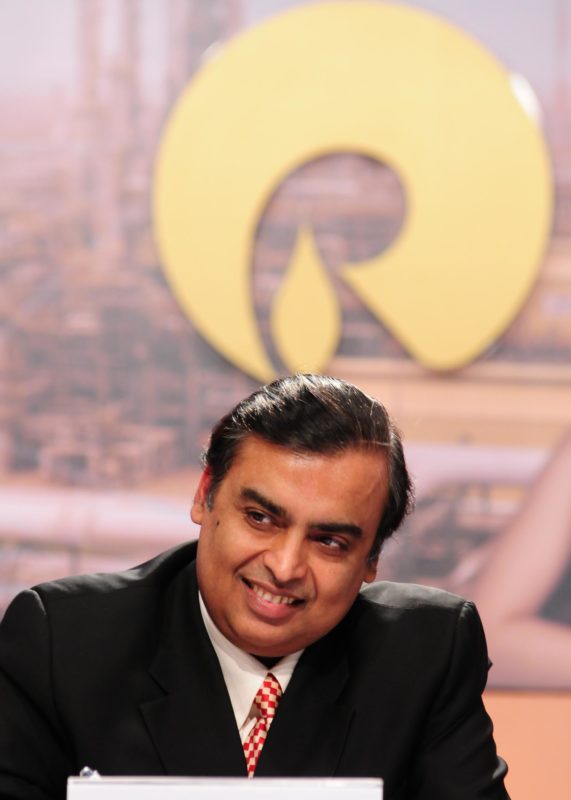
Image: Reliance Industries Limited
From plan to realization
Mergers and acquisitions are marking Reliance Industries’ foray into solar project development, PV module and battery storage manufacturing, and green hydrogen. The company is racing ahead with plans to set up a fully vertically integrated polysilicon-to-solar module manufacturing unit in Jamnagar, Gujarat – the same district where it operates refining and petrochemicals plants and manufacturing assets.
Through RNES, Reliance is acquiring a 100% stake in Norway-headquartered PV module manufacturer REC Group. Reliance plans to use REC’s technology and manufacturing expertise in its fully integrated, metallic silicon-to-PV panel gigafactory. It will initially start with 4 GW of capacity per year and will eventually grow to 10 GW.
Going upstream, Reliance is investing $29 million in German wafer manufacturer NexWafe, which Ambani described as “an important step toward accelerating India’s green energy transition and positioning India as a global leader in photovoltaic manufacturing. We believe NexWafe’s innovative ultra-thin wafer will give solar manufacturers a significant advantage over existing photovoltaic technologies, helping consumers in India and globally realize the benefits of solar energy more quickly and more efficiently.”
On the battery storage front, the company has invested $50 million in Ambri, a U.S.-based liquid metal battery startup incubated at the Massachusetts Institute of Technology (MIT), raising 42.3 million shares of preferred stock in Ambri. As part of the transaction, RNES and Ambri will partner to develop and manufacture Ambri’s batteries in production facilities located in India.
For green hydrogen, Reliance Industries has partnered with Denmark-based Stiesdal for the technology development and production of Stiesdal HydroGen electrolyzers in India. On the project development front, they aim to establish and enable at least 100 GW of solar energy by 2030. The acquisition of a 40% stake in Sterling and Wilson Solar, a leading solar EPC and O&M player, signifies Reliance’s plan to benefit from its vast experience in global markets.
Showing no signs of slowing down, Reliance also aims to expand into the manufacturing of power electronic products and other ancillaries used in renewable energy and project implementation. The company’s move to own the full supply chain in solar is reminiscent of how it pursued backward integration up to petrochemicals and oil and gas exploration after starting with textile operations in the late seventies, and thereby building an empire. Today, Reliance Industries is a global leader in most of its businesses across the energy value chain, being one of the largest integrated polyester players as well as the second-largest producer of Paraxylene globally.
The company’s existing infrastructure and capital enable its upstream integration in the solar industry, particularly the capital-intensive polysilicon stages, while mergers and acquisitions provide access to cutting-edge product technology, thereby minimizing risk and enabling market lead the way it did in other sunrise sectors.
Climate commitment
Fossil fuels are at the core of Reliance’s business, with oil-to-chemical (O2C) being the most value accretive. The O2C business contributed around $43.1 billion to the company’s consolidated revenue of $72.6 billion from all businesses. And yet Reliance’s chairman and managing director, Mukesh. D. Ambani, has committed the company to an impressively ambitious “net carbon zero by 2035” target. “The world is now closing ranks for strong global action on Climate Change,” said Ambani in Reliance’s annual report for fiscal 2020-21. “This gives Reliance the right opportunity to accelerate our own ambitious New Energy and New Materials business wedded to the vision of clean and green development.”
Toward its “net carbon zero by 2035” goal, Reliance Industries has reorganized its refinery and petrochemicals business into its O2C business. The O2C unit focuses on transportation fuels, polymers, polyesters and elastomers, as it looks to accelerate new energy and materials to minimize CO2 emissions and develop carbon capture and storage technologies to convert greenhouse gases into products and other chemicals, while pursing the sustainability goal of a circular economy.
Reliance Industries’ Jamnagar Refinery in Jamnagar, Gujarat, is the largest refining hub in the world. According to shipping and logistics giant Maersk, the Jamnagar Refinery managed to increase its exports during the Covid-19 lockdown from 2,500 forty-foot container equivalents (FFE) to 10,000 FFE.
Leading operational businesses
Digital services: Through Jio Platforms Limited (JPL), Reliance operates India’s largest telecom network. Jio is the first operator outside of China to cross the 400 million subscriber milestone in a single country market. It is developing new-generation, 5G radio-access network (RAN) technology. Qualcomm and Jio have already successfully tested 5G solutions in India, achieving the 1 Gbps milestone.
Retail: Reliance Retail is India’s largest retailer by reach, revenue and profitability – and the only Indian retailer to feature in the Global Powers of Retailing list. In fiscal 2020-21, Reliance Retail opened 1,456 new stores, taking its total store count to over 12,700 stores across India. It is by far the leader in each category – grocery, electronics and apparel.
Media: Network18 is a diversified media and entertainment platform in India.
Oil/gas exploration and production: An upstream portfolio consisting of deep-water acreage and CBM blocks. Together with bp, Reliance Industries will produce 30 million metric standard cubic meters per day of gas by 2023, which will establish it as one of the largest suppliers of gas in India, meeting 20% of the nation’s gas demand.
Oil to chemicals: One of the world’s most integrated oil-to-chemicals operations, driving India’s energy security. The oil-to-chemicals business is a broad portfolio spanning transportation fuels, polymers, polyesters and elastomers. It operationalized the joint venture with bp in fuel retailing. To accelerate growth, the company is bringing Saudi Aramco in as a strategic partner in its oil-to-chemicals business.
Key elements of ‘net carbon zero by 2035’ strategy
Reliance Industries’ plan to achieve “net carbon zero” by 2035 includes the following key elements:
- Transition from transportation fuels to chemical building blocks integrated with sustainable downstream derivatives
- Transition from fossil fuels to renewable fuels for captive energy demand
- Maximize the use of biofuels and use bio-pathways to fix CO2 and facilitate conversion to renewable fuels and materials
- Scale up recycling of materials and maximize circularity across the value chains
- Achieve CO2 capture, storage, and conversion to useful chemicals and materials at competitive costs sets the tenor and trajectory for a reduction in Reliance’s carbon footprint
This content is protected by copyright and may not be reused. If you want to cooperate with us and would like to reuse some of our content, please contact: editors@pv-magazine.com.
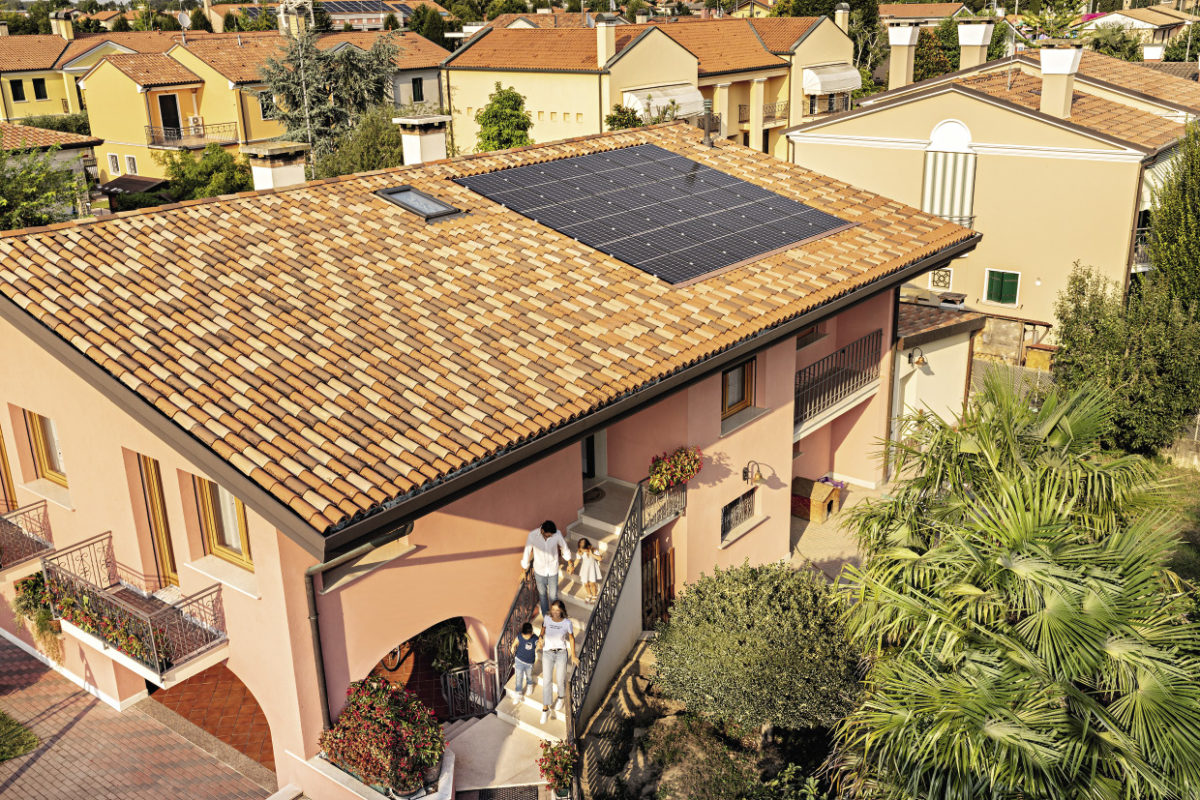




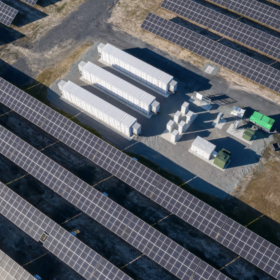
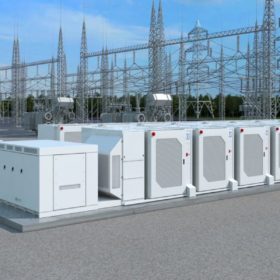

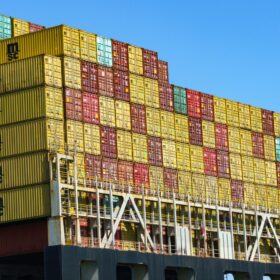
Excellent in-depth coverage. Keep it up!!
Reliance is doing great help by reducing dependency on China and also to reduce pollution and protect environment. We have land in Jamnagar in village called Gagva. To support Reliance initiatives we can definitely offer our land to Reliance and all the land holders should support the initiatives.
I have got land in Nana mandha( can I offer that to reliance?) Have you got any phone numbers where we can communicate?
What are the future plans of reliance industries in pharmaceutical industry like retail and wholesale trading.